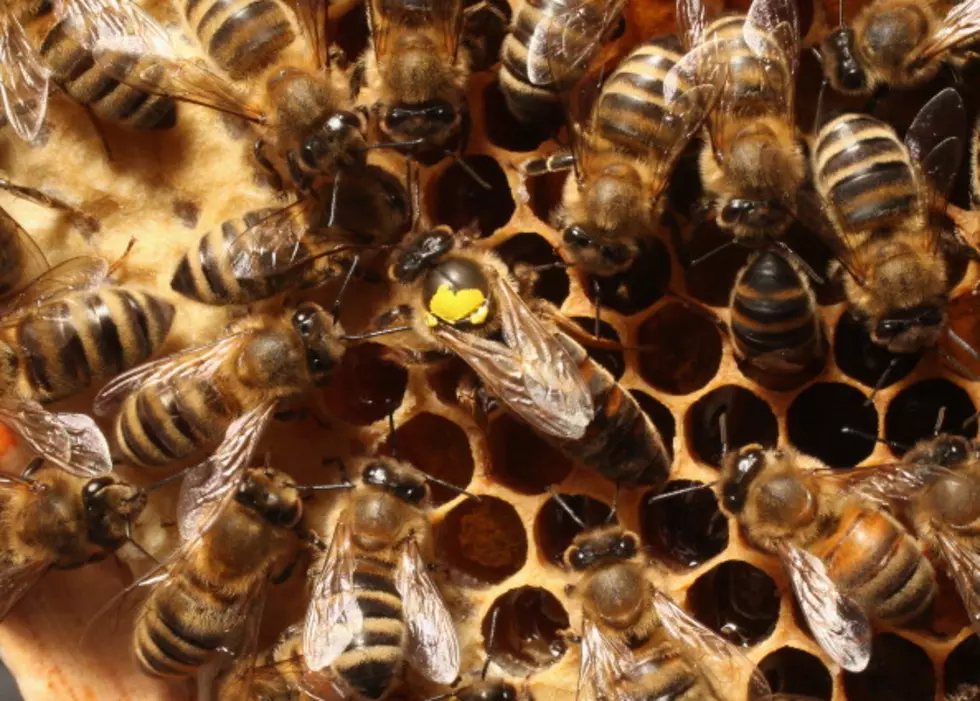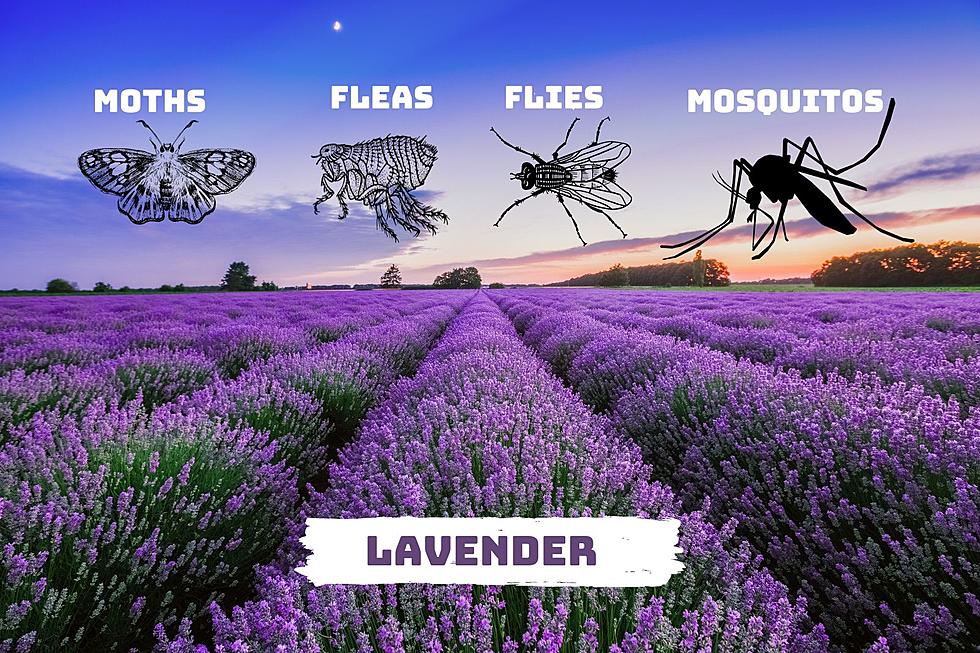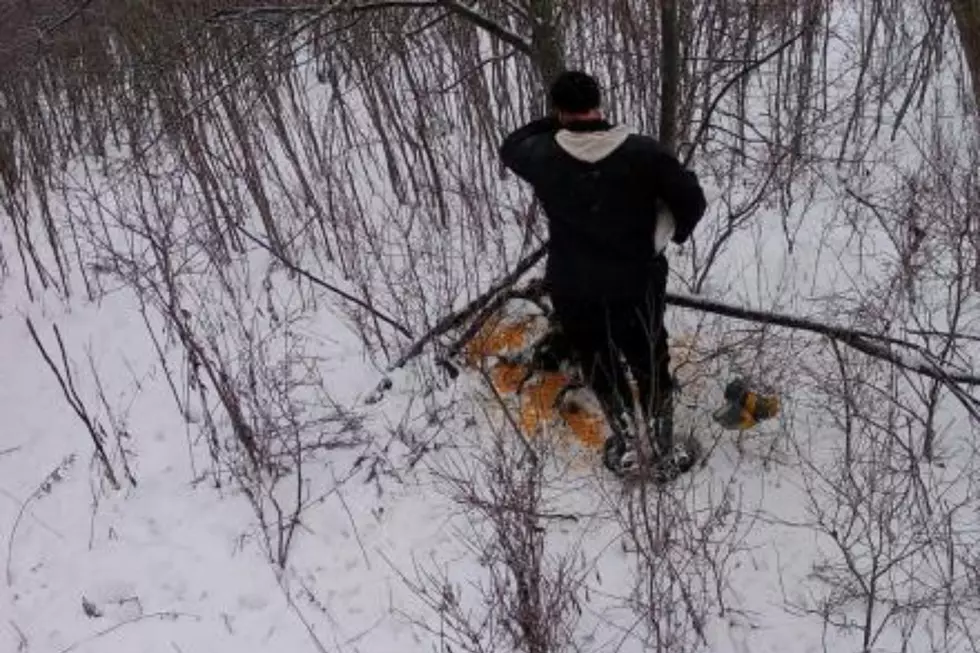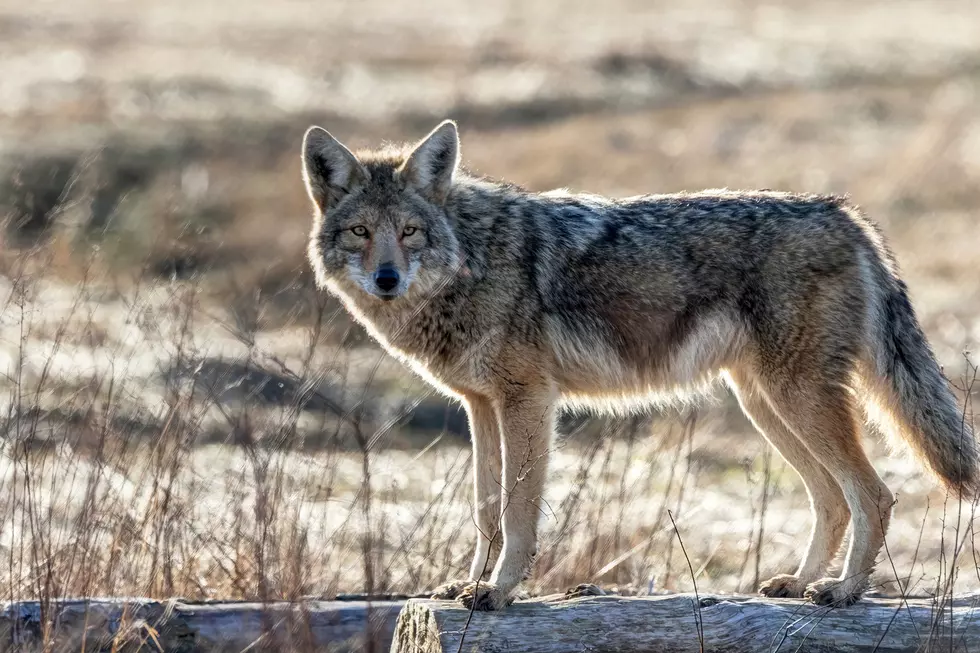
What Do When Honey Bees Swarm – AG Matters
June should mean warmer temperatures, blooming flowers and more Honey Bees. But don't go into panic mode, there are safe ways to protect yourself and keep these important food facilitators alive.
According to Cornell Cooperative Extension, honey bees are directly or indirectly involved in about one third of the food we eat each day as well as pollinating flowers and shrubs. Estimates say they are responsible for "more than $15 billion in increased crop value each year." The improper use of pesticides and the infestation of a tiny mite are causing Colony Collapse disorder and a huge decline in the bee population.
June is when you'll start to see swarms of bees as the queen emerges and starts to look for a home. Rarely do they sting during this time.
They'll cluster on a branch near the original nest while scouts seek a new, permanent location. This may take a few hours or a few days. Rarely will they build a new nest where it first alights. Honey bees prefer to nest in hollow cavities of trees, but manmade structures are commonly selected as well.
If a swarm of bees has started building a hive inside your walls under no circumstance should you spray it with a pesticide. Live honeybees will protect their hive from other animals such as mice, rats and ants. Kill off the bees and you just may invite a host of other invasive pests. A live hive also maintains a constant temperature that prevents the wax from melting. Kill off the bees and you may find honey dripping from the ceiling.
Swarms of bees should be treated with respect and removal is best done by a local beekeeper. Cooperative Extension has a list of local beekeepers.
SOURCE: Cornell Cooperative Extension - Lynette Kay
More From Big Frog 104









